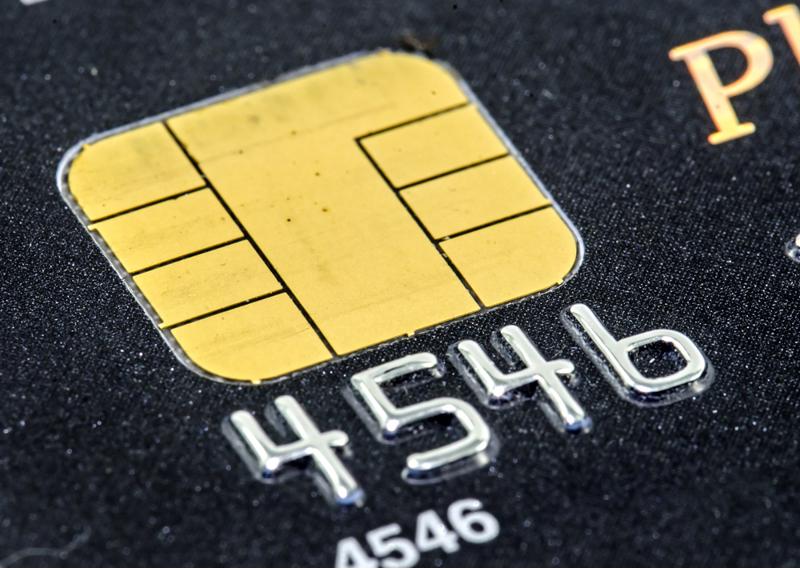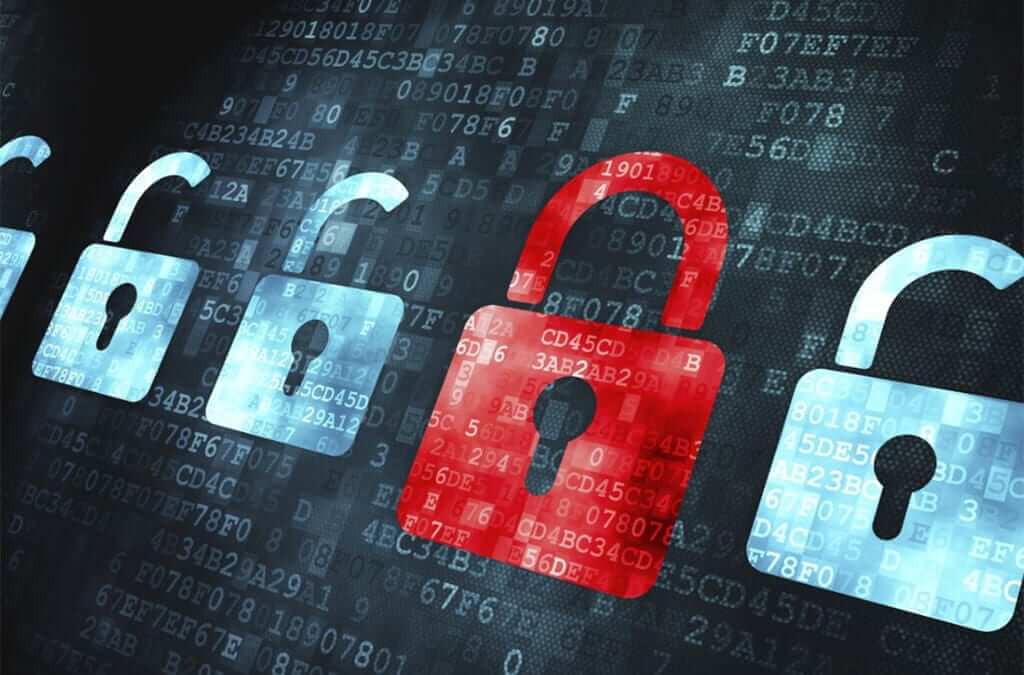Over the past several years, a lot more emphasis has been placed on figuring out the best ways to stamp out instances of credit card fraud, and what both card issuers and individual businesses can potentially do about it. One way that has gained a lot of attention after being quite successful overseas is by utilizing chip-and-pin technology in issued cards, rather than the old magnetic strips that have been around for decades.
Chip-and-pin – also known as EMV – security has been around in Europe for years and served to drastically reduce the amount of credit card fraud on that continent since it was introduced. Now, major credit card issuers and payment processors are starting to require that all businesses be able to utilize this type of payment technology in the next few years, and it may be important for small businesses to adopt the necessary card readers in the near future, to both reduce risk and also stay compliant with industry security standards.
How helpful is it?
On a national basis, in the 12-month period from July 2014 to the same month this year, credit card fraud cost card issuers about $3.9 billion, according to a report from the credit scoring giant FICO. That made up about 24 percent of the total dollar value for global fraud losses, but that was on 48 percent of actual instances of fraud, despite the fact that the nation only saw 21 percent of card transactions. Indeed, for $100 of card sales, U.S. merchants lost $12.75 to fraud, compared with just $3.73 in all other nations.
Therefore, the adoption of EMV payment technology not only makes security sense, but financial sense as well, the report said. Indeed, when England switched to all-EMV security, instances of in-person credit card fraud dropped precipitously. However, that led to losses in other channels, including mobile and online payments, instead, as criminals shifted their attention to what they determined to be an "easier" target.
 New-to-the-U.S. credit card technology could go a long way to reduce fraud.
New-to-the-U.S. credit card technology could go a long way to reduce fraud.What's the bottom line?
With all this in mind, it's important for small business owners to remember that while EMV technology will greatly reduce the risk of fraud, it will not eliminate it, the report said. As such, they will likely still need to keep a careful eye on all transactions they handle, even as risk declines and could potentially lead to a bit of complacency. In fact, the longer businesses wait to adopt this more secure technology, the more likely they may come to be targeted by criminals who are having far less luck with committing in-person credit card fraud at other establishments.
So while the point-of-sale machines that allow for EMV transactions might be a little more expensive, it's important for entrepreneurs to keep in mind that they may pay for themselves quickly by reducing the amount of fraud being committed at any given business. For this reason, early adopters will likely be in a far better position to succeed going forward.

